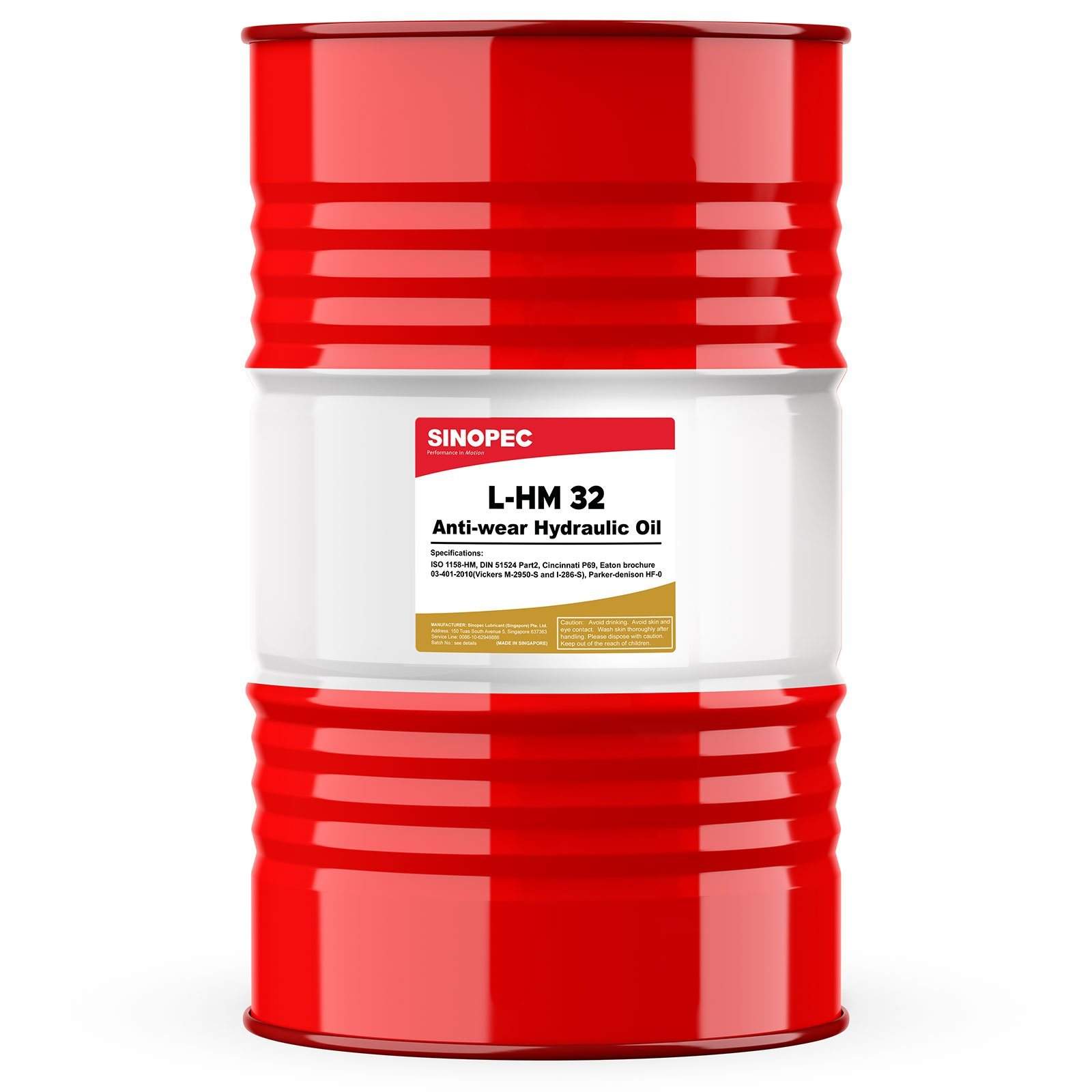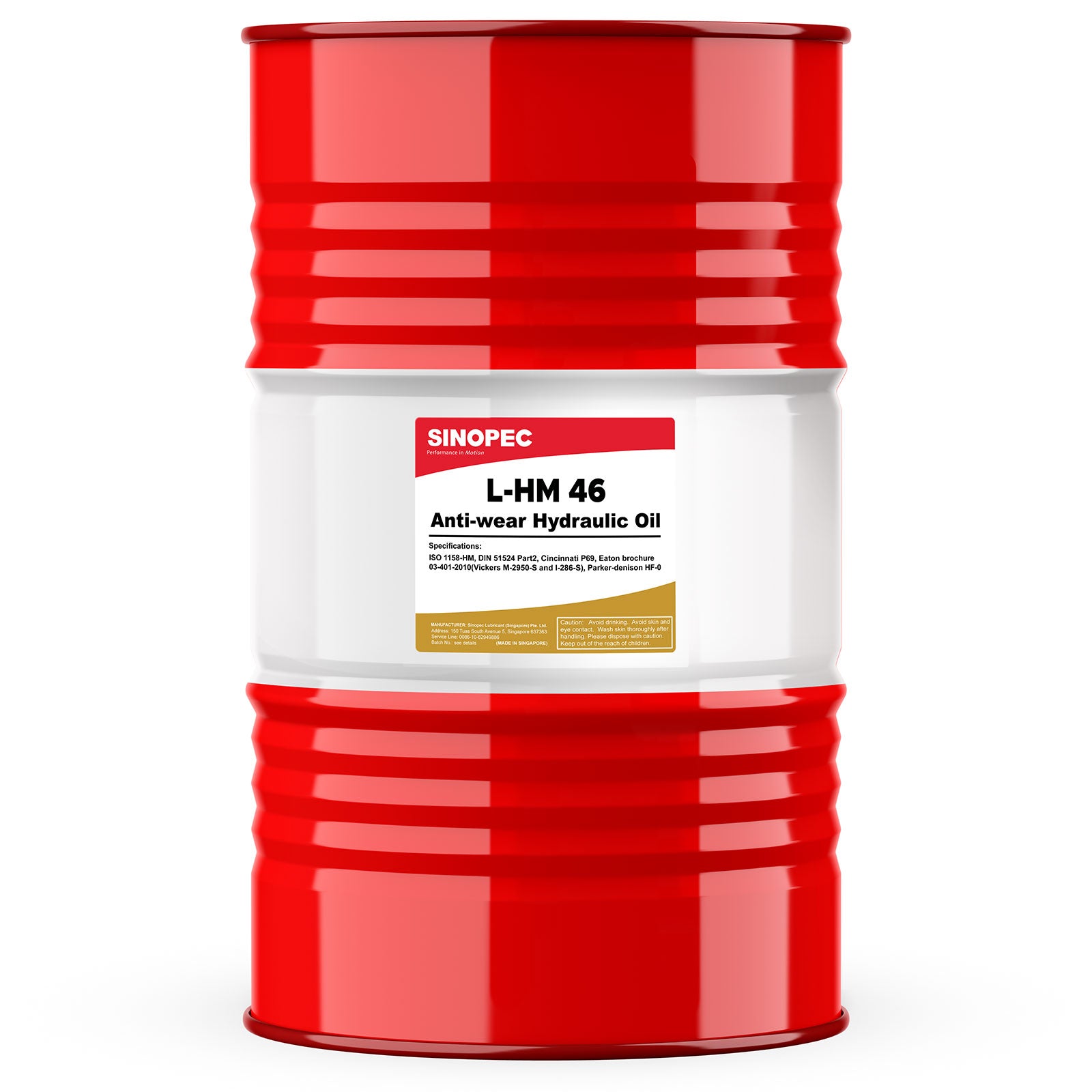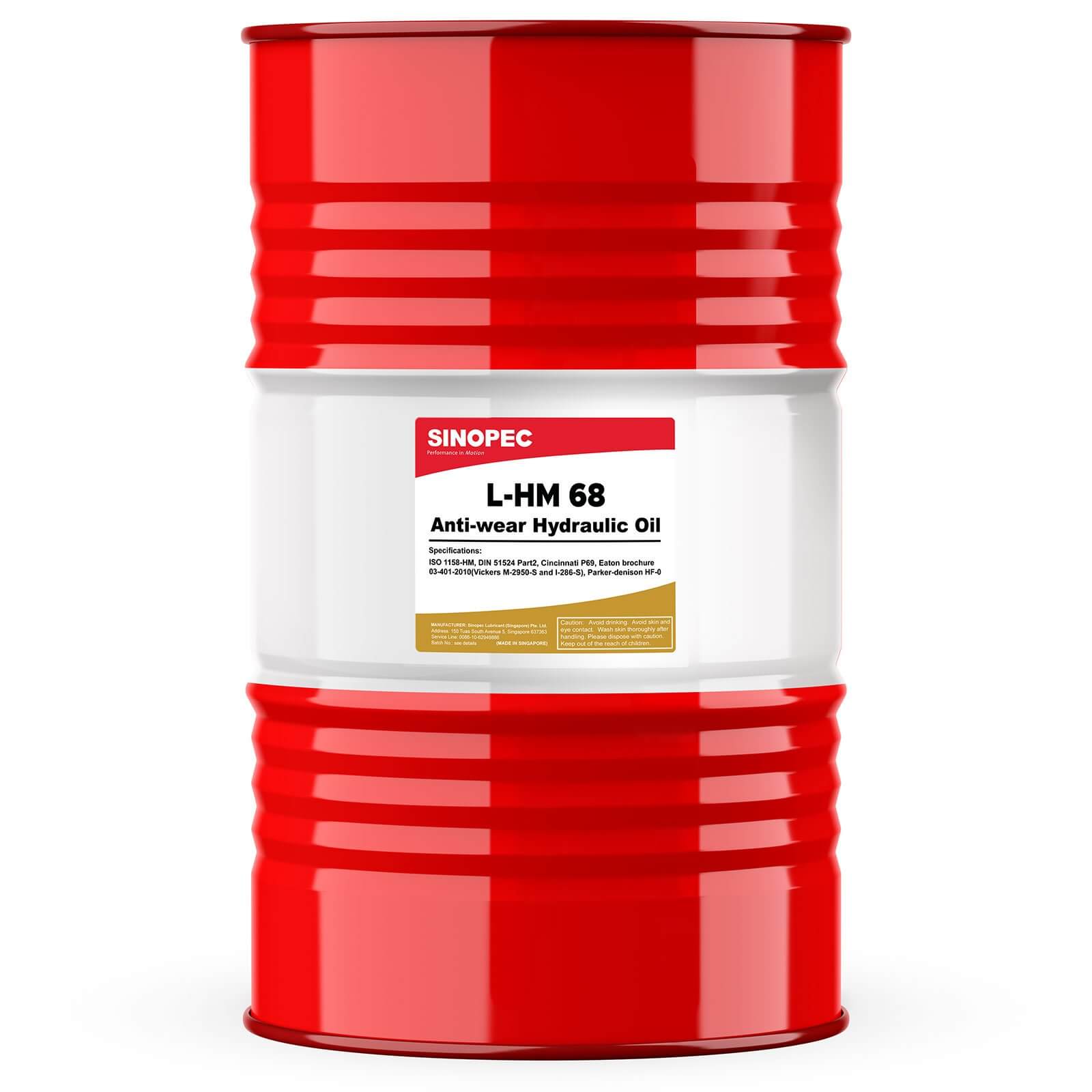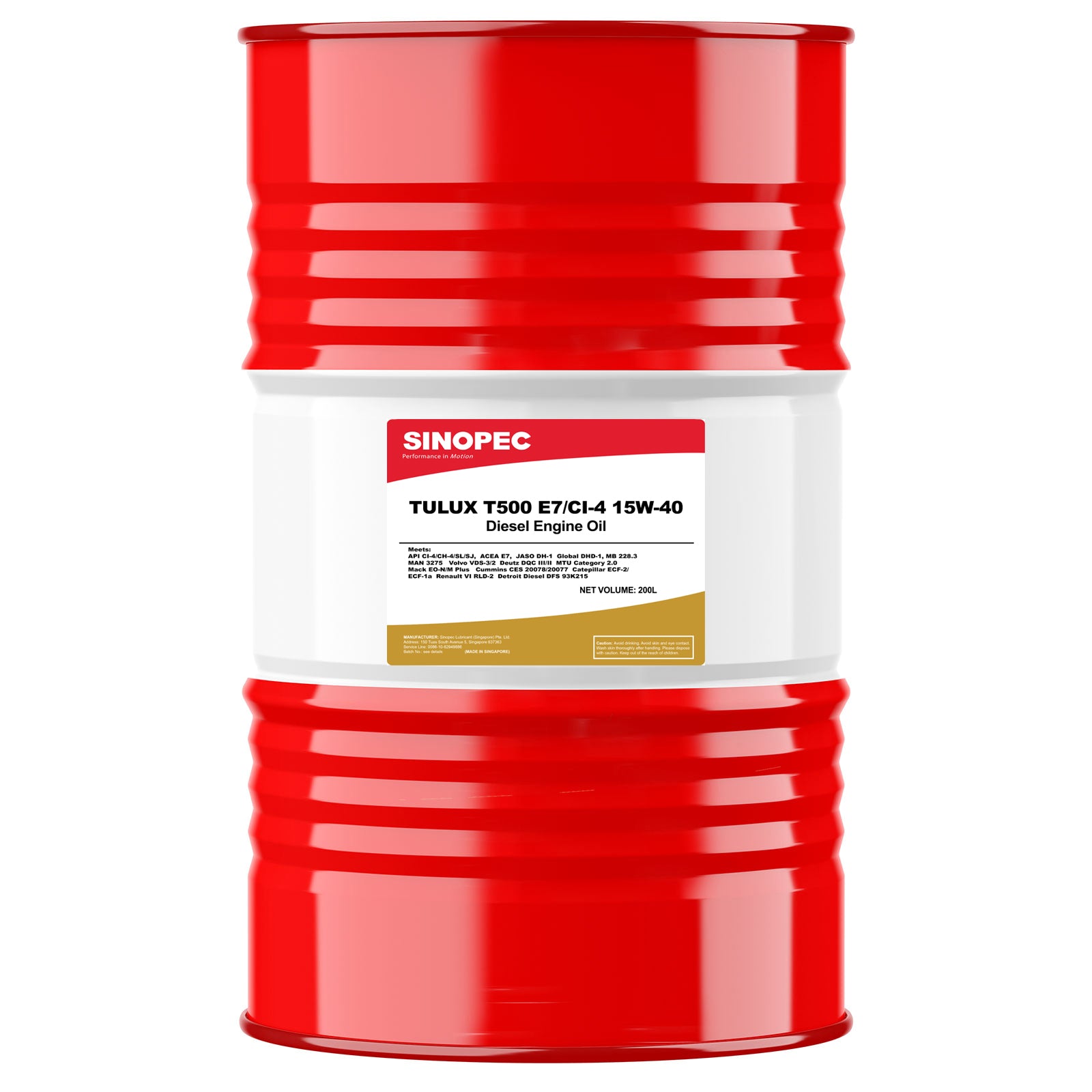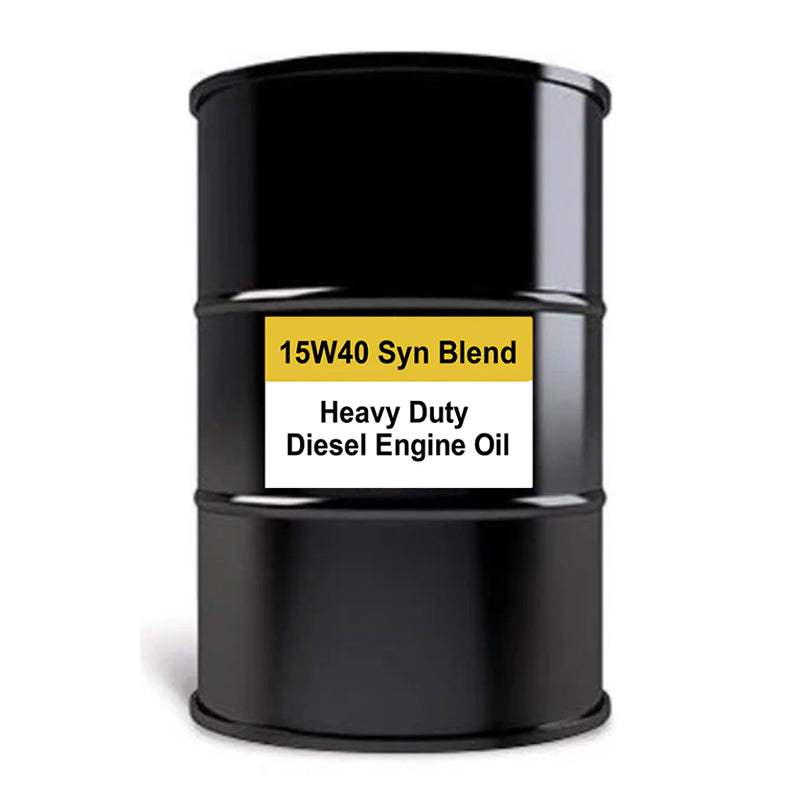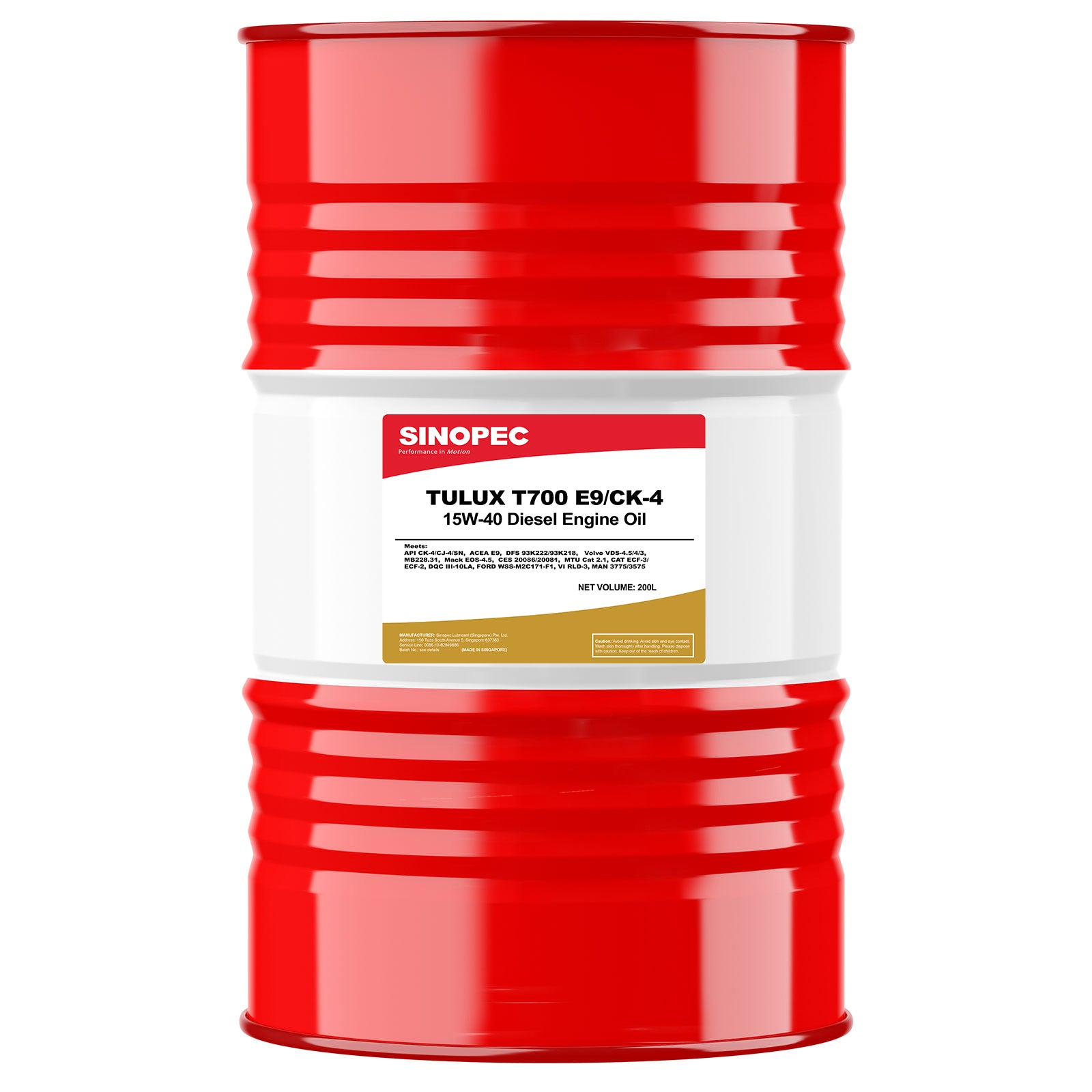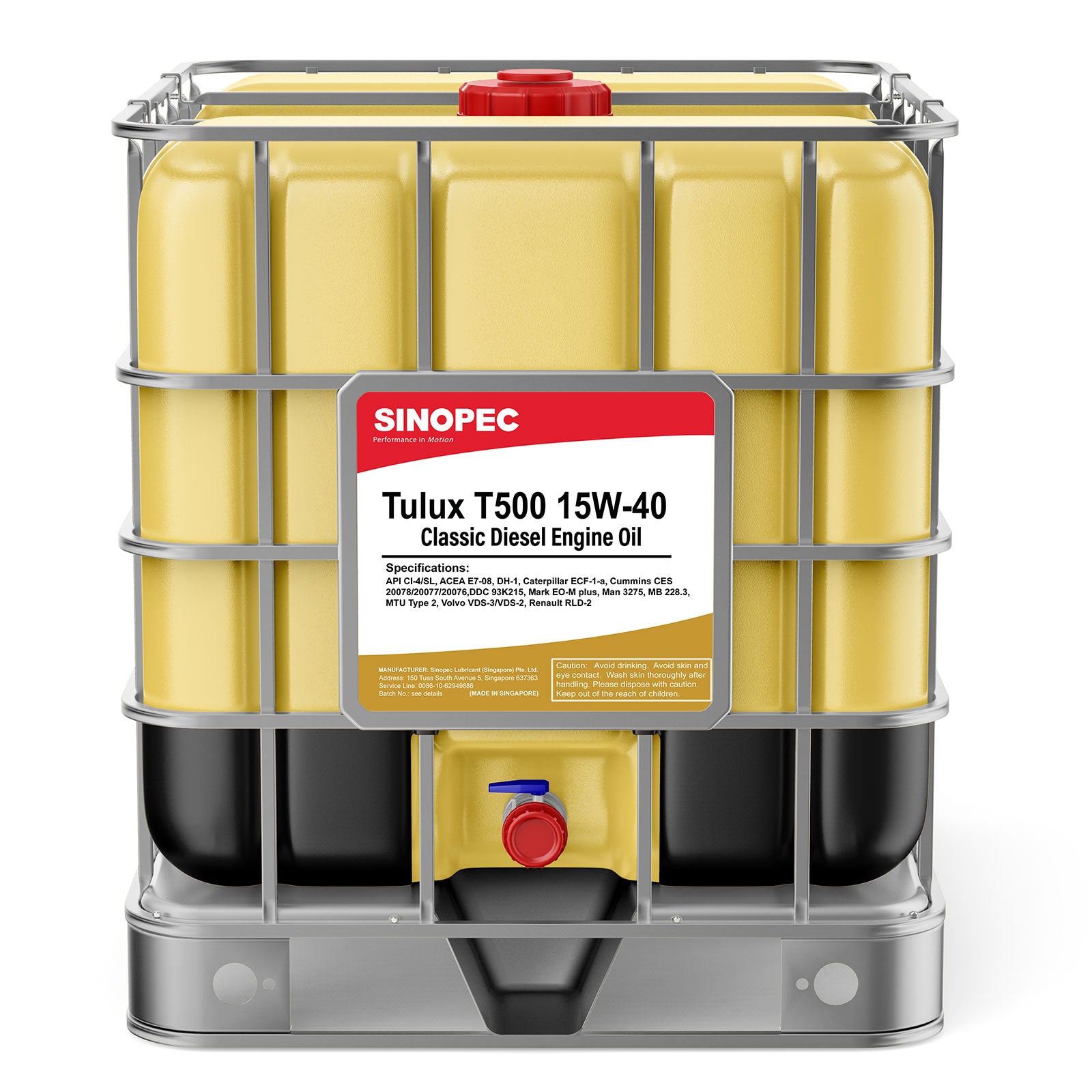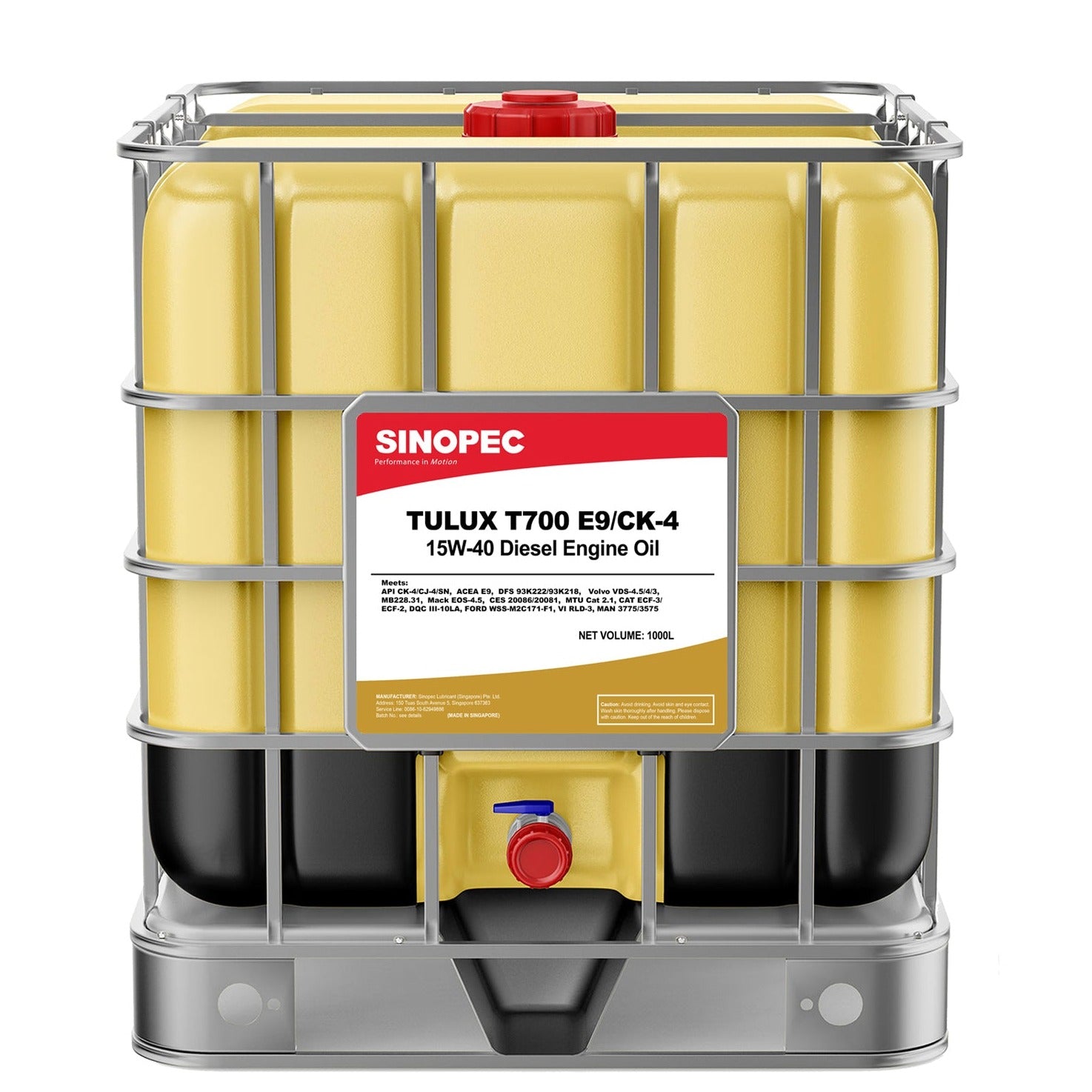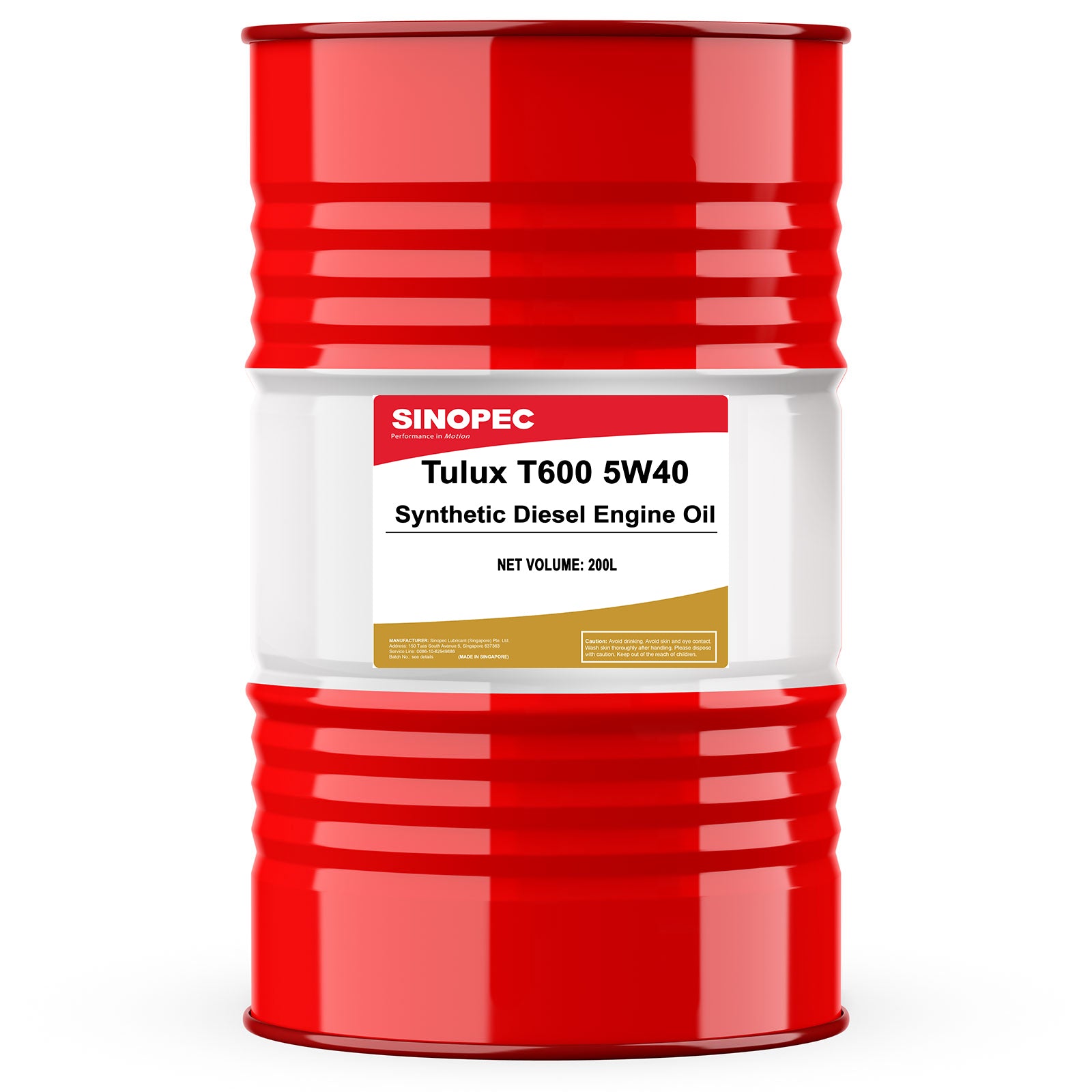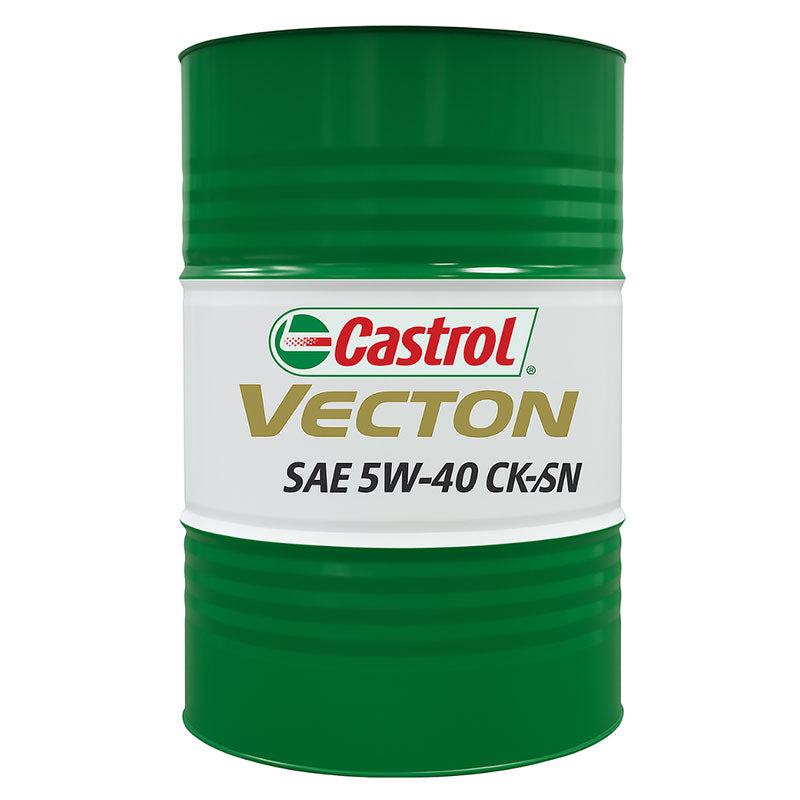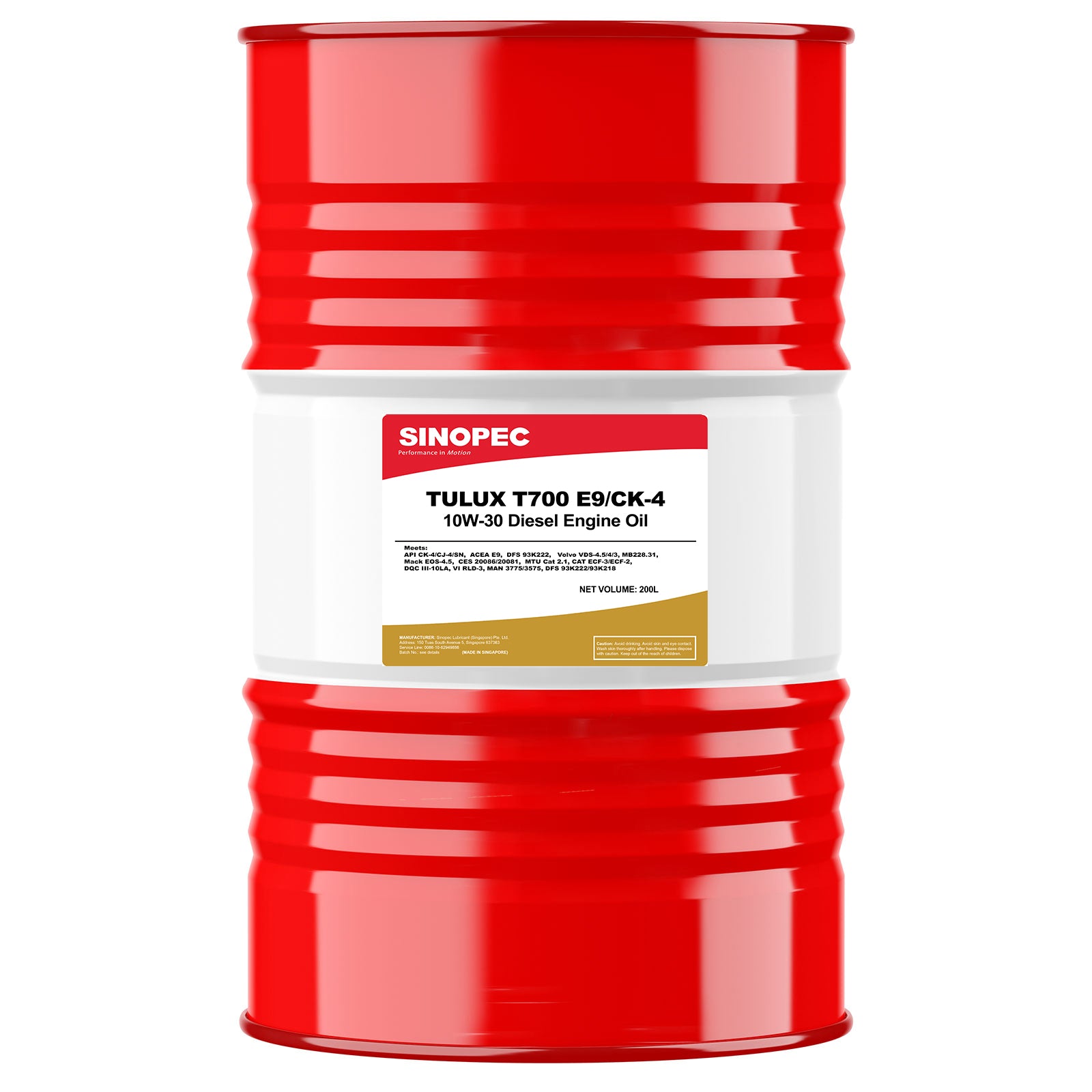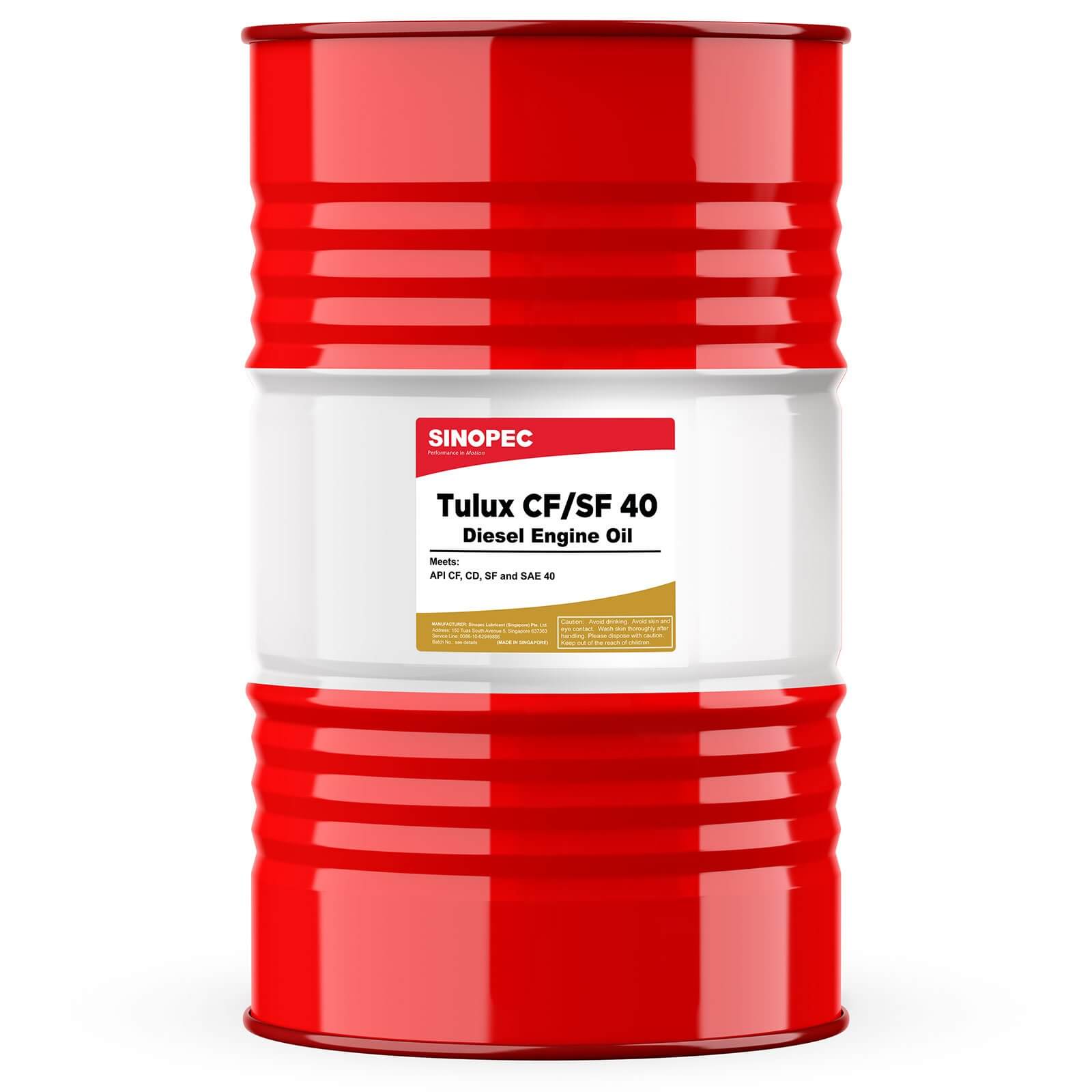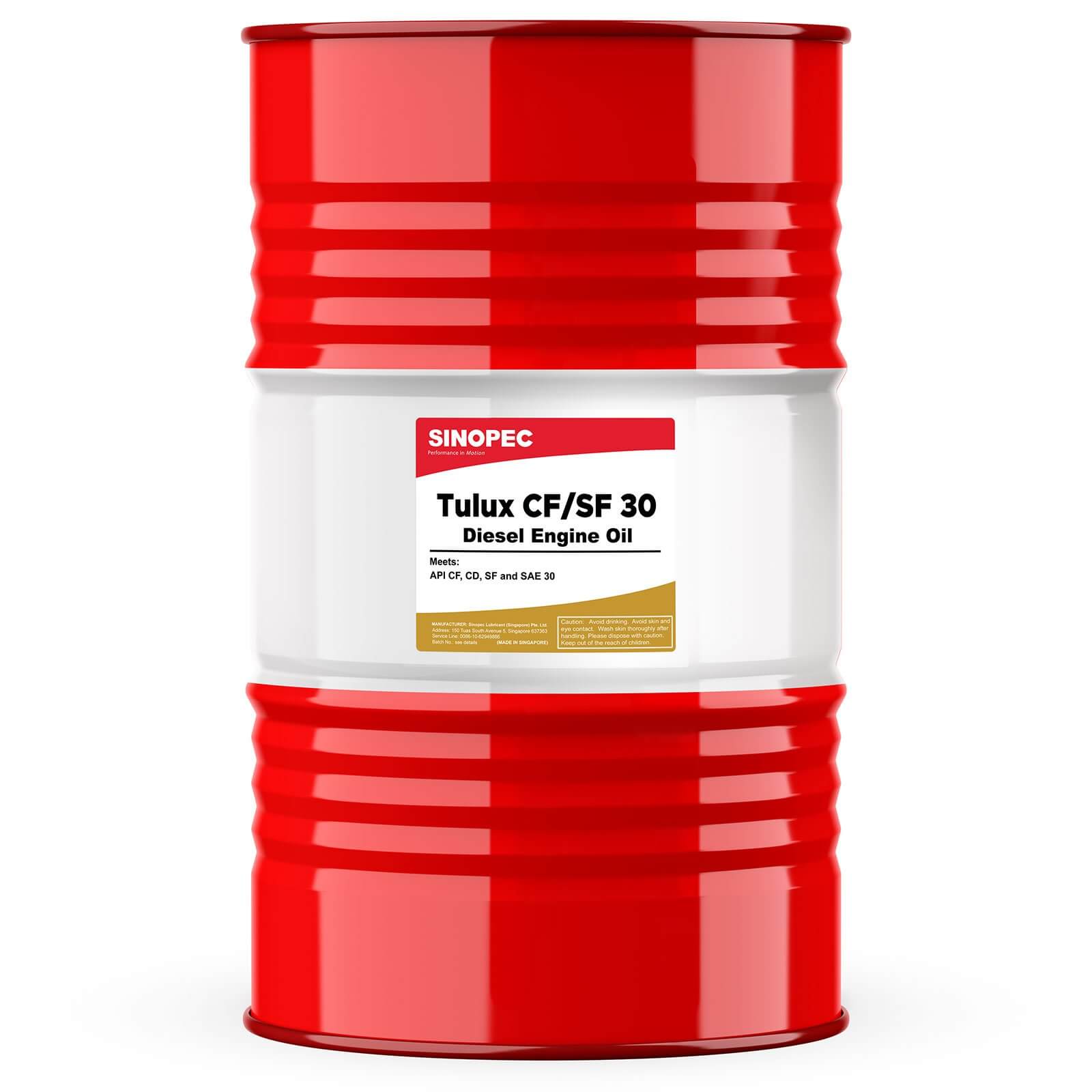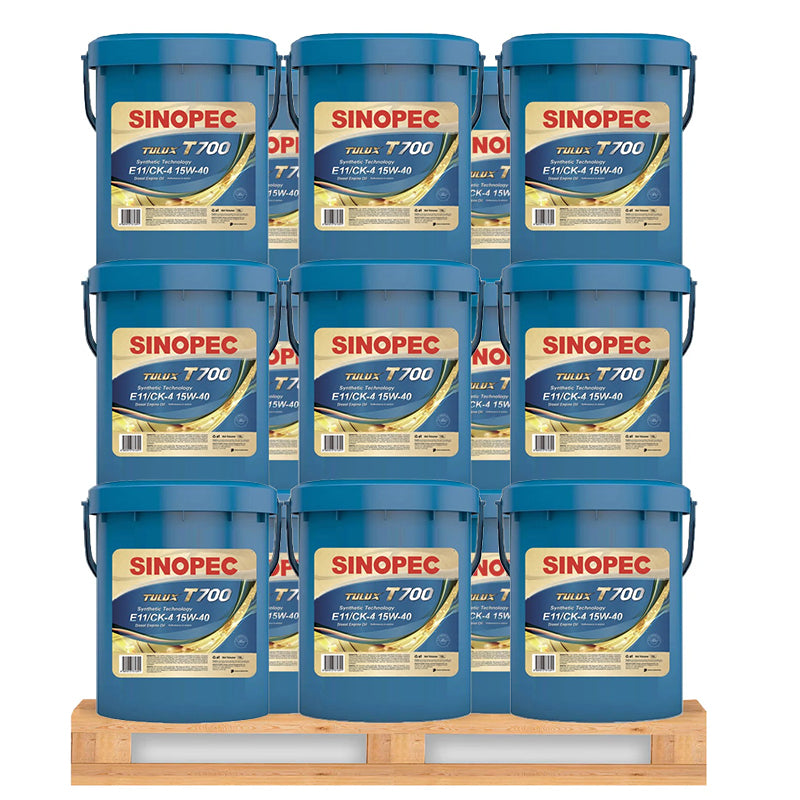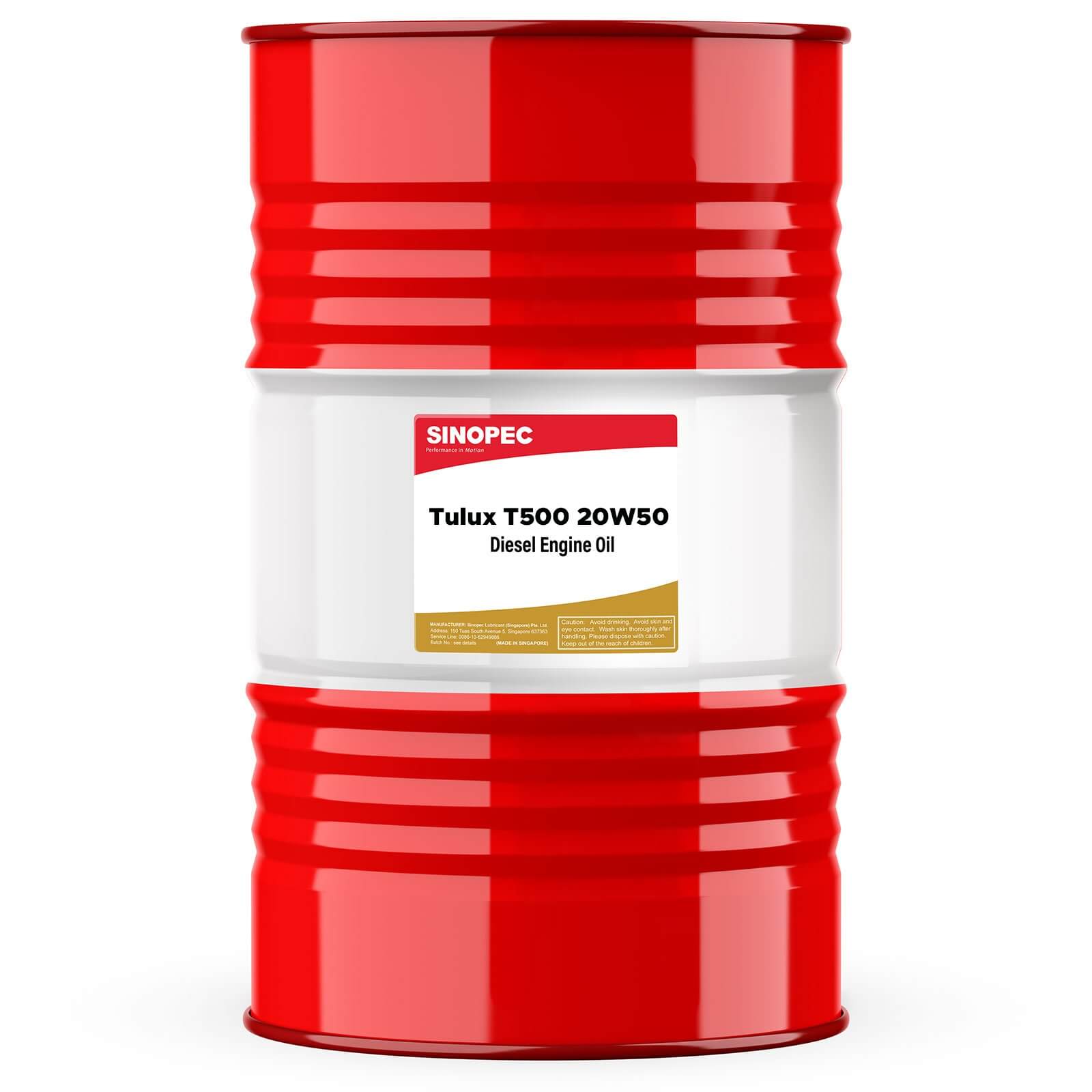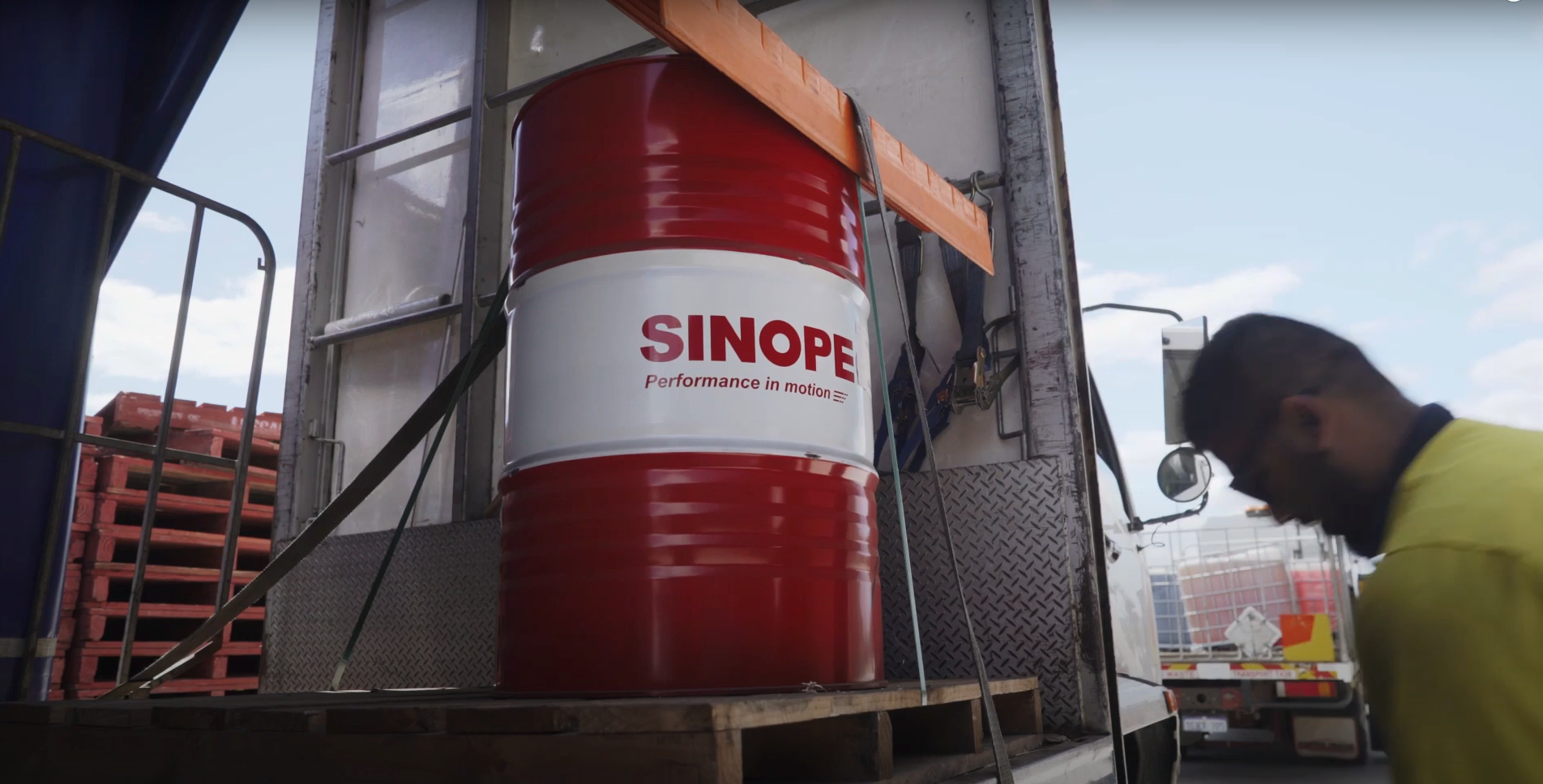Diesel exhaust fluid (DEF) plays an important role in moderating truck emissions and meeting EPA guidelines. As with any type of vehicle fluid, regular monitoring of DEF levels is an important part of ongoing maintenance. While checking diesel exhaust fluid levels isn’t a difficult job, there are factors that can complicate the issue. Here’s a quick overview of everything you need to know.
DEF BASICS
Diesel exhaust fluid is required for a process called selective catalytic reduction (SCR). SCR works by diverting exhaust gases through a filter and then into a catalyst. There, the gases mix with DEF, which turns hazardous NOx emissions into a harmless mixture of nitrogen and water.
Diesel exhaust fluid has to be replaced on a regular basis. Replacement intervals are tied to the fuel efficiency of your engine. Less efficient engines produce more exhaust gases, which require more DEF to treat.
Typically, dose rates for a well-maintained heavy- or medium-duty truck engine will be between 2-3%. This means that a truck getting six mpg will require between three to five gallons of DEF for every 1,000 miles it travels.
HOW TO FIND WHAT YOU’RE LOOKING FOR
All truck engines meeting 2010 or later EPA guidelines are required to have a dashboard warning system that alerts you when DEF levels start running low. These systems feature an amber warning light that goes off when levels drop below 10%. At 5%, the light starts flashing, and when levels drop below 2.5%, it turns solid. When DEF runs out entirely, the light turns red, and the truck is electronically limited from going more than five mph.
DEF levels can also be checked manually. The storage tank can typically be found next to the diesel fuel saddle tank on a truck, or in the spare tire area of a passenger vehicle.
TOPPING OFF
Replacing DEF is fast and easy — even if a level check doesn’t indicate that you’re running low, it’s always best to fill up before a long haul and avoid the risk of a problem. DEF can be found in all truck stops and auto parts stores. It is a non-toxic liquid that can be handled without any special protective clothing or tools.
To add more DEF, simply locate the fill port — it is usually found under the hood, next to the fuel port or in the trunk — and top it off manually. Fuel and DEF ports are differentiated in size to reduce the risk of accidentally putting one into the other.
HOW LONG DOES DIESEL FLUID LAST?
Diesel exhaust fluid normally has a shelf life of about two years. However, exposure to sunlight or sustained high temperatures can compromise it. Any DEF purchased at a truck stop or auto parts store will have a clearly labeled expiry date — using DEF past this date can cause performance issues and potential maintenance problems.
CALCULATING DEF REQUIREMENTS
All newer diesel vehicles have a dashboard warning system that alerts you when it’s time to change your DEF. To estimate how much you’ll need, you’ll need to know the efficiency of your engine.
DEF is consumed at a rate of about 2-3% relative to the amount of fuel you are using. This means between 1.2 and 2.0 gallons of DEF will be required for a vehicle with a 65-gallon gas tank. If you have a five-gallon DEF tank, DEF should be replaced every third or fourth time you fill up. However, the easiest way to avoid a problem is simply to top off periodically.
DEF HAZARDS
Because DEF is mostly water, there is a risk that it can evaporate or freeze. Evaporation occurs at high temperatures, but preventing it is easy — simply keep unused DEF in a tightly closed container. Within the tank itself, there is no risk of contamination.
DEF can freeze at temperatures below 12°F. However, manufacturers have included a number of safeguards to prevent damage when this occurs. Trucks can still be run normally with frozen DEF — most tanks feature heating elements that will automatically warm it over the course of normal operation.
DEF that has been previously frozen won’t be compromised. Water and urea freeze at the same rate, so the basic ratio won’t be affected. However, frozen DEF does expand, typically by about 7%. To prevent damage to your SCR system in cold weather, give fluids a minute to drain back into the tank before shutting down your vehicle’s battery.
Q: Where can I find DEF?
A: You can find a variety of pack sizes at:
https://buysinopec.com/collections/diesel-exhaust-fluid
Q: What’s the shelf life of DEF?
A: DEF shelf life depends on the temperature of your storage facility. It is recommended that DEF be stored between 12°F and 86°F, but when stored below 65°F, shelf life is extended to 2 years. It is recommended to store DEF in a climate-controlled environment and out of direct sunlight to extend shelf life.
Q: What happens if DEF freezes?
A: While DEF does freeze at 12 degrees F, frozen DEF does not impact the start-up or operation of the vehicle. Upon engine start-up, the SCR system provides heat to the DEF tank and lines which allows theDEF to thaw rapidly and keeps it flowing to the aftertreatment system regardless of the outside temperature.
Diesel Exhaust Fluid is formulated with 32.5 percent urea and 67.5 percent deionized water. In storage or when the engine is not in use, DEF will freeze at 12°F (-11°C). At this concentration level, the urea and the water freeze and thaw at the same rate – ensuring that you always have the correct amount of each. Engines with SCR are specifically programmed for optimal performance at this ratio, which is why it is important to make sure you get a quality brand of DEF that meets ISO specifications.
There is one operational difference to note: Like any water-based fluid, DEF expands when it is frozen (by approximately 7 percent). In cold weather, when the operator shuts the vehicle down, waiting 60 seconds before turning off the battery will allow the fluid to drain back out of the hoses and into the DEF tank.
No anti-gelling additive or freeze point improver should ever be added to the DEF, as they will impede its ability to perform correctly and may damage SCR system components.
Q: How much DEF will my equipment use?
A: DEF consumption will vary depending on the environment, operation and duty cycle of the equipment you are using. On average, DEF consumption is 3-5% of your total fuel consumption levels.
Since most DEF fill-ups will take place at the same time as you are getting diesel fuel, it’s helpful to look at usage from that perspective. Our recommendation is to simply top off your DEF tank each time you refuel. If you are running a vehicle that gets very low actual activity, or the vehicle is stored in high ambient temperatures, where shelf life might be a concern, adjust your DEF refills accordingly and consider having a spare bottle of DEF available.
Q: What happens if my equipment runs out of DEF?
A: All EPA 2010 engines with SCR are designed with a gauge that shows the DEF fluid level, similar to a fuel gauge. In addition, they are equipped with a system of flashing lights to alert the operator well in advance when the DEF tank is getting low on fluid. If the reservoir is not replenished with DEF and runs low, vehicle speed will be limited, but as soon as DEF is added, the engine will resume normal speed levels. A prudent measure would be to have a top-off gallon jug of DEF available on each piece of equipment with an EPA 2010 engine with an aftertreatment system.
Engines manufactured before July 8, 2011, may behave differently than described above. Talk to your local Cummins representative for more details, and ask for Cummins Bulletin 4971316, “Driver Tips For Fire And Emergency Vehicles."
Q: Does my equipment use a DEF filter?
A: Yes, all Cummins SCR systems come equipped with a DEF filter located in the DEF tank.
DEF filters help keep unwanted contaminant out of your SCR equipment. If DEF is not properly filtered, urea crystals and other contaminants gained during transport and storage can cause the SCR system to malfunction or not work properly. Using Fleetguard DEF filters will help you prevent plugged DEF dosing valves and enable the Cummins SCR equipment to reduce harmful NOx emissions as intended. The Fleetguard UF101 filter can be used on any 2010-2016 Cummins engine with an SCR system. For 2017 and newer Cummins engines, such as the X15, use the Fleetguard UF106 filter. For more information about DEF filtration for today’s engines, visit https://www.cumminsfiltration.com/DEF_Urea.


